Your Browsing History
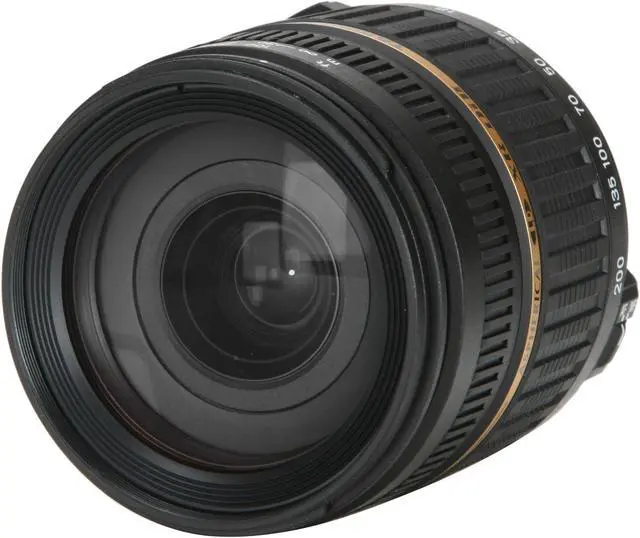
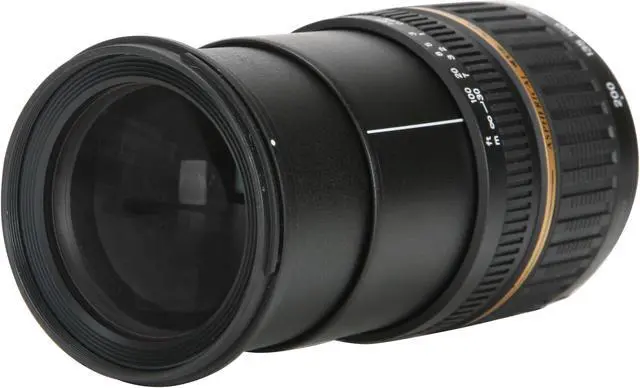
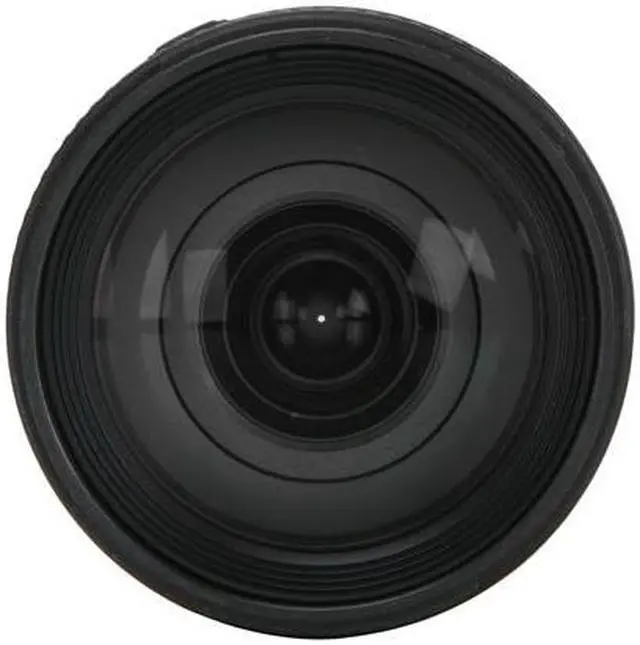
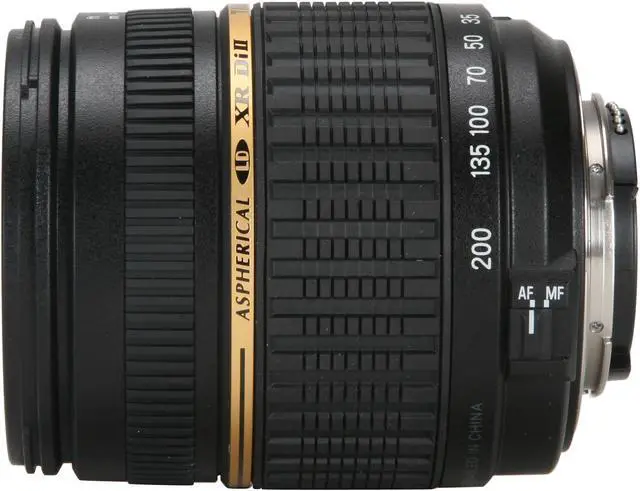
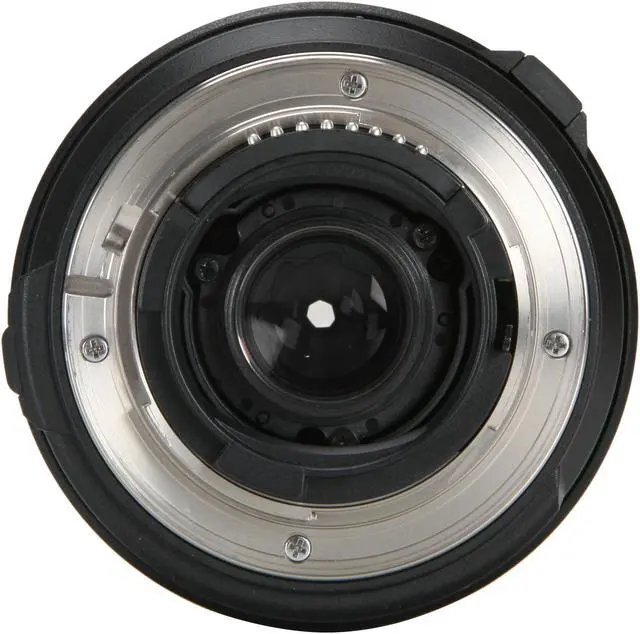
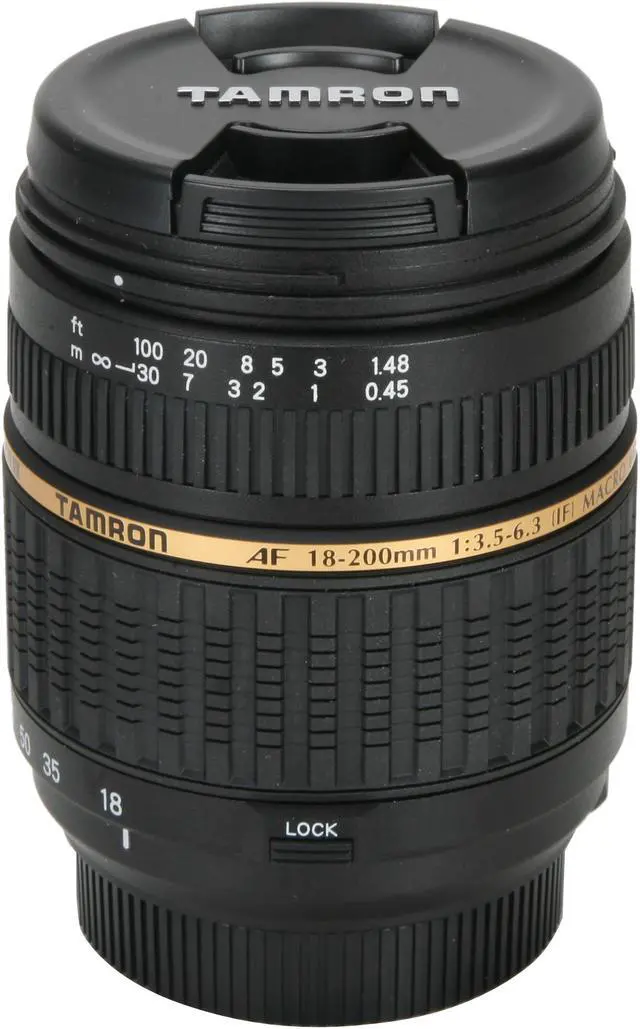
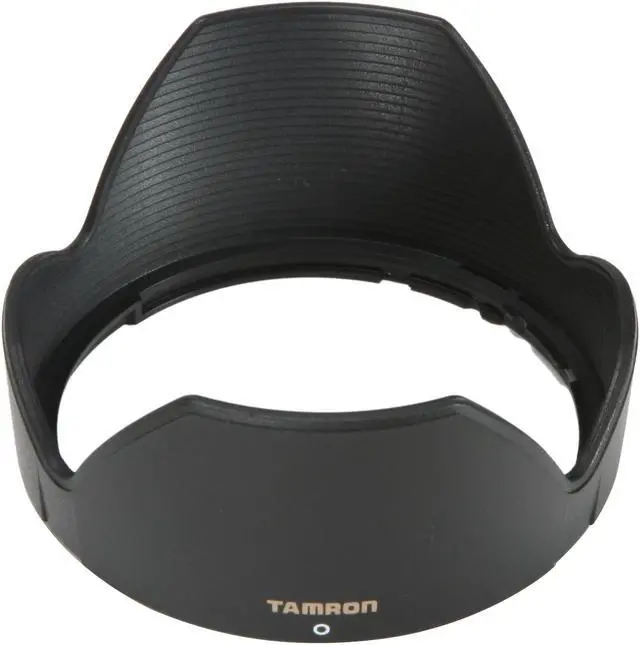
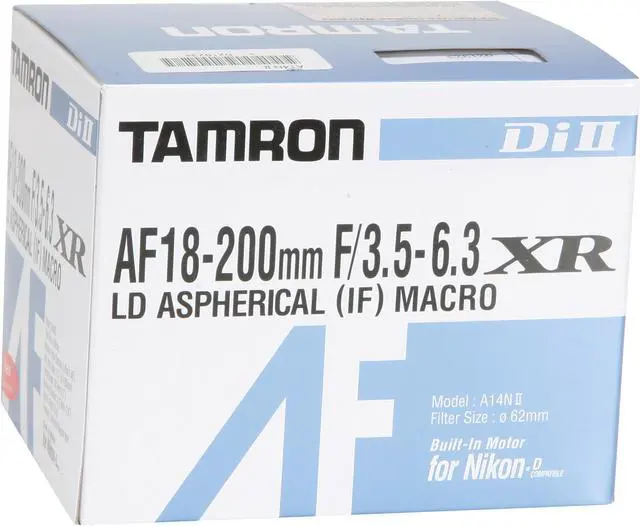
Any questions? Our AI beta will help you find out quickly.
 Internal Focusing (IF) SystemInternal focusing (IF) provides numerous practical benefits to photographers including a non-rotating front filter ring that facilitates the positioning of polarizing and graduated filters, and more predictable handling because the lens length does not change during focusing. Even more important, Tamron’s Internal Focusing (IF) system provides a much closer minimum focusing distance (MFD) throughout its entire focusing range. In addition, IF improves optical performance by minimizing illumination loss at the corners of the image field, and helps to suppress other aberrations that become more troublesome at different focusing positions.
Internal Focusing (IF) SystemInternal focusing (IF) provides numerous practical benefits to photographers including a non-rotating front filter ring that facilitates the positioning of polarizing and graduated filters, and more predictable handling because the lens length does not change during focusing. Even more important, Tamron’s Internal Focusing (IF) system provides a much closer minimum focusing distance (MFD) throughout its entire focusing range. In addition, IF improves optical performance by minimizing illumination loss at the corners of the image field, and helps to suppress other aberrations that become more troublesome at different focusing positions. Abundance of Special Glass MaterialsTwo Low Dispersion (LD) glass elements minimize “on-axis aberration” that degrades the sharpness in telephotography and “lateral chromatic aberration”, an image degrading factor in wide-angle photography. In addition, large hybrid aspherical elements are used to compensate distortion.
Abundance of Special Glass MaterialsTwo Low Dispersion (LD) glass elements minimize “on-axis aberration” that degrades the sharpness in telephotography and “lateral chromatic aberration”, an image degrading factor in wide-angle photography. In addition, large hybrid aspherical elements are used to compensate distortion. Anomalous Dispersion (AD) for Better Color CorrectionAnomalous dispersion (AD) glass is a special type of optical glass that is used to achieve more precise control of chromatic aberrations, thereby enhancing overall imaging performance. Glass of this type provides an abnormally large partial dispersion ratio (amount of diffraction) for light of specific wavelength ranges (colors) within the visible spectrum.
Anomalous Dispersion (AD) for Better Color CorrectionAnomalous dispersion (AD) glass is a special type of optical glass that is used to achieve more precise control of chromatic aberrations, thereby enhancing overall imaging performance. Glass of this type provides an abnormally large partial dispersion ratio (amount of diffraction) for light of specific wavelength ranges (colors) within the visible spectrum. Extra Refractive Index Glass for Excellent PortabilityExcellent portability and ease of use are assured with the compact, lightweight “XR” design. XR (Extra Refractive Index) glass can bend light rays at steeper angles, thereby decreasing the physical length of the lens while enhancing imaging performance by minimizing optical aberrations.
Extra Refractive Index Glass for Excellent PortabilityExcellent portability and ease of use are assured with the compact, lightweight “XR” design. XR (Extra Refractive Index) glass can bend light rays at steeper angles, thereby decreasing the physical length of the lens while enhancing imaging performance by minimizing optical aberrations. Zoom Lock (ZL)Tamron’s Zoom Lock (ZL) mechanical engineering is a simple convenience feature that prevents undesired extension of the lens barrel when carrying the camera/lens unit on a neck strap.
Zoom Lock (ZL)Tamron’s Zoom Lock (ZL) mechanical engineering is a simple convenience feature that prevents undesired extension of the lens barrel when carrying the camera/lens unit on a neck strap. Digitally Integrated (Di-II) Lens Optimized for APS-C Format Digital SLR CamerasTamron Di-II lenses are engineered expressly for digital SLR cameras with image sensors commonly referred to as APS-C, measuring approximately 24mm x 16mm. Rendering an ideal image circle for APS-C sensors, Di-II lenses also include properties to optimize digital imaging performance.
Digitally Integrated (Di-II) Lens Optimized for APS-C Format Digital SLR CamerasTamron Di-II lenses are engineered expressly for digital SLR cameras with image sensors commonly referred to as APS-C, measuring approximately 24mm x 16mm. Rendering an ideal image circle for APS-C sensors, Di-II lenses also include properties to optimize digital imaging performance.